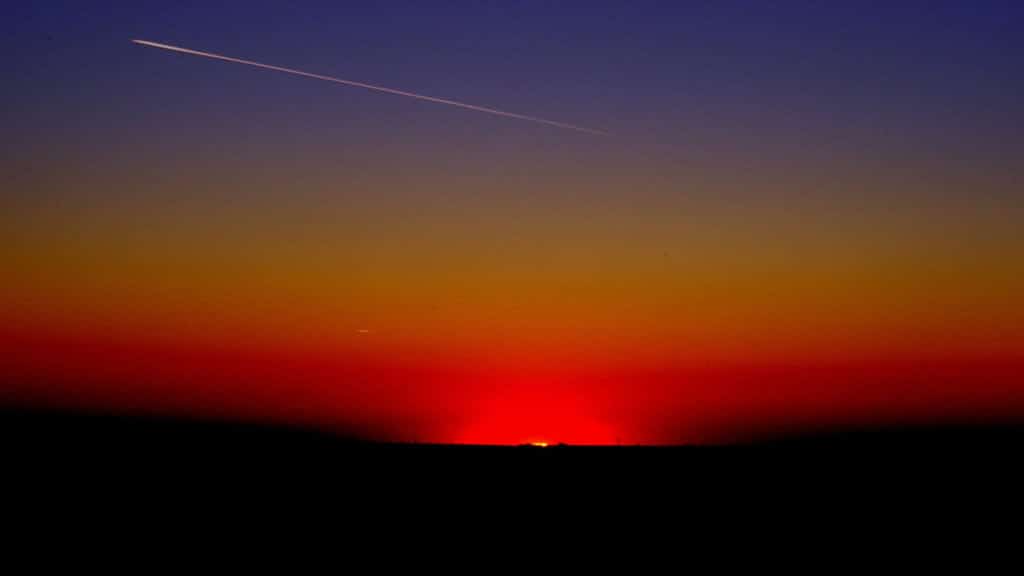The Winter Solstice, when the northern hemisphere tilts away from the sun, is the longest night of the year in the northern hemisphere. It marks the renewal of Mother Earth’s annual cycle of life. This is the root of all the December and January celebrations.
Winter Solstice 2023

The next Winter Solstice in the north will be Thursday, December 21, 2023.
Winter Solstice is the Root of our Winter Festivals
Our winter festivals are oriented around the winter solstice, the longest night of the year in the northern hemisphere.
In ancient times we were much more attuned to the cycles of nature. If the days kept getting shorter, the day would disappear completely. The oldest human ceremonies were about bringing back the sun, the giver of life on earth.
Some Romans honored the Mithras, the Persian sun god. That’s not so strange really. Old Persia was a great power. Judaism, Christianity, and Islam took the concept of the duality, of heaven and hell, from the Persian prophet Zoroaster.
Romans also honored Saturn, the god of wealth, agriculture and periodic renewal with the Saturnalia festival. Rome was a slave society. Following the reversal of the seasons (summer/winter, verano/invierno), Saturnalia was a reversal festival.
During Saturnalia, roles were gently reversed. Slaves were given more freedom, owners might do more work. It became common for bands of people to wander the towns demanding that the rich give food and drink. It became a time of rioting essentially.
Christians celebrate Christmas, the birth of Jesus, yet there is no historical record of when Christ was born. The celebration was set at December 25 in 336 under Roman emperor Constantine. The date was probably chosen to bring Roman solstice celebrations under the church and get people off the streets. Christmas didn’t become popular until the ninth century.
The Aztecs honored their national god, the sun god Huitzilopochtli on the winter solstice and in the days building up to it.
The Jewish people celebrate Hanukkah, the festival of lights. It was a minor holiday that was given increased importance as a counterbalance to Christmas.
Kwanzaa was created in New York City by Ron Karenga in 1966. It has similarities to both Hanukkah and Christmas, but emphasizes African traditions.
Christmas has become a blend of winter traditions from around the world. It has largely lost its religious meaning. Europeans would go to midnight mass “Christ-mass” and then get drunk and go harass the rich. It became a season of rioting that concerned administrators greatly. The rioting traditions came to the Americas with the colonizers.
Puerto Rican parranda, Mexican posada and Colombian/Venezuelan/Ecuadorian Novena de Aguinaldo traditions mix holiday rioting and medieval religious theatre traditions. Each of these traditions involves going from house to house in a reenactment of Joseph and Mary’s search for shelter. The last house that provides shelter becomes a big party. The Asalto Navideño (Christmas assault) is a literal vestige of the old rioting tradition.
Julius Irving, the New Yorker who wrote “The Knickerbocker,” wrote a short story about a Christmas celebration at an English country manor that was full of peace on earth, goodwill towards men, and all that. This was when Europeans were first beginning to look at American literature of the United States. English authorities promoted the idea of peace and goodwill to reduce the violence of Christmas riots.
Many U.S. Christmas traditions were established in New York City. Being a frontier society with little culture, consumerism has become the culture of Christmas in the United States.
Humans being human, generate similar traditions around the world and across time.
Happy holidays to you and yours in whatever way that makes sense to you.
